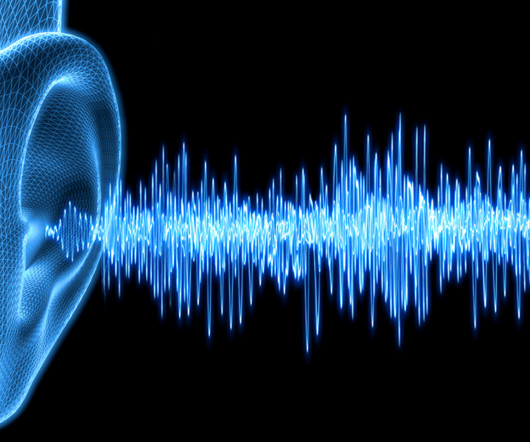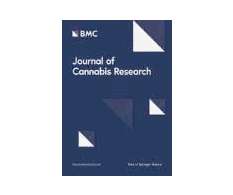Cannabinoids for Tinnitus?
Project CBD
MARCH 21, 2023
All but two of the 45 respondents said they’d consider cannabis as a treatment, with 29 seeking help for sleep disturbances, 27 for emotional complaints, 25 for functional disturbances, and nine for pain. Despite all this, there is a potential biological rationale for the treatment of tinnitus with cannabinoids, the authors explain.













Let's personalize your content